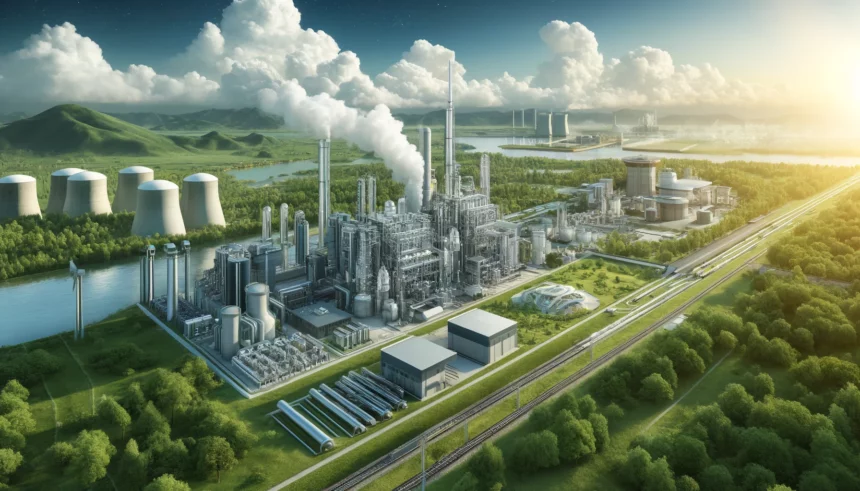As the conversation around climate change heats up, it’s clear that reaching a net-zero future by 2050 is more urgent than ever. Technologies such as Carbon Capture, Utilization, and Storage (CCUS) are crucial in this battle, particularly for addressing emissions from sectors that are hard to decarbonize.
Understanding Carbon Technologies
What is CCUS?
- Carbon Capture and Storage (CCS): This involves capturing carbon dioxide (CO2) directly from industrial sources or the atmosphere and storing it underground to prevent its release into the atmosphere.
- Carbon Capture and Utilization (CCU): Here, the captured CO2 is converted into useful products like chemicals or fuels. While this does recycle CO2, it doesn’t necessarily mean the CO2 won’t eventually reach the atmosphere.
The State of Carbon Capture Today
Despite the progress in renewable energy and electric vehicles, CCUS technologies haven’t seen the same rate of deployment. Here’s why they are so important:
- Industrial Needs: Industries such as steel, cement, and fertilizer production require CCS to meet emission reduction targets because of the inherent CO2 produced in their processes.
- Retrofitting Power Plants: Many existing power plants, especially in Asia, could benefit from CCS to significantly reduce their emissions.
Recent reports from the International Energy Agency highlight the slow progress in deploying CCUS and clean hydrogen technologies. This delay is alarming as it may cut the potential CO2 capture by 2030 in half compared to what is needed for achieving sustainable development goals.
The Challenges and Strategic Shifts
Historically, CCUS has faced many barriers:
- Economic Viability: High costs and low carbon prices in the European Trading System have made the financial case for CCUS challenging.
- Regulatory Hurdles: A lack of clear regulatory frameworks has slowed the adoption and investment in these technologies.
However, changes are afoot:
- The European Green Deal: This ambitious plan aims for climate neutrality by 2050 and includes a significant increase in ETS prices, making CCUS projects more economically attractive.
- Energy Independence: Driven by geopolitical tensions and the need for sustainable energy, the EU is pushing forward with renewable energy and looking at CCUS as a strategic component for energy security.
Looking Forward: Regulations and New Opportunities
The EU’s new regulations require fossil fuel producers to provide CO2 storage capacities proportional to their market share. This not only ensures infrastructure development but also provides a clear economic signal to invest in CCS.
The Future of CCU
As we reduce fossil fuel use, identifying sustainable sources of carbon for use in products like plastics becomes crucial. CCU can play a role here by recycling carbon into materials, thus helping to maintain a balance in the carbon cycle.
A Renaissance for CCUS?
It’s clear that both CCS and CCU will be integral in achieving global climate goals. What’s needed now is not just technological advancement but a concerted effort from all stakeholders—governments, industries, and the public—to embrace these solutions.
This isn’t just about technology; it’s about paving the way for a sustainable future. We need to increase the pace and scale of CCUS deployment to make a real impact. Let’s champion these technologies to ensure they reach their potential in our fight against climate change. Fast.
















